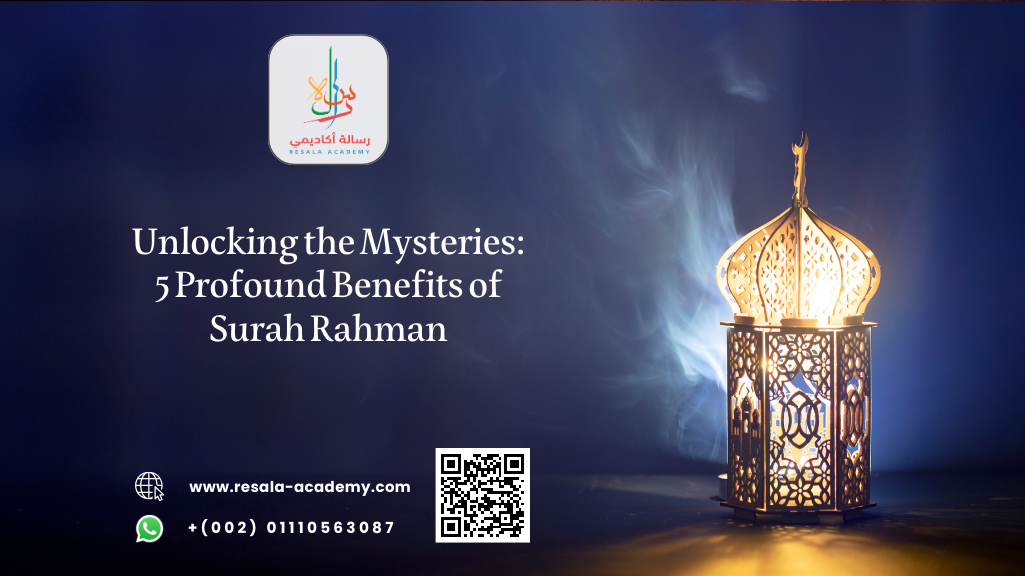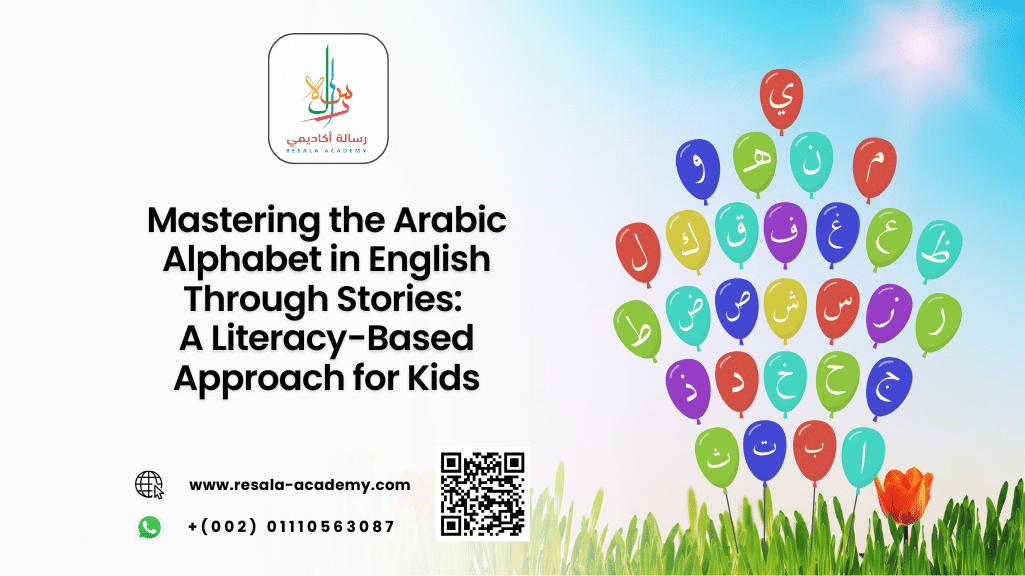Table of Contents
How to Recognize and Use Hamzat al-Wasl vs. Hamzat al-Qat‘ in Arabic Words with Hamza
Learning the Arabic language is a rich and rewarding journey, especially for non-native speakers delving into the intricacies of Quranic Arabic. One of the most nuanced aspects of Arabic phonology is understanding the difference between Hamzat al-Wasl and Hamzat al-Qat‘, especially when studying or pronouncing Arabic words with Hamza.
These two types of hamza play a crucial role in correct pronunciation, comprehension, and recitation, particularly in the context of the Holy Quran.
In this comprehensive guide, we’ll explore how to identify and use Hamzat al-Wasl and Hamzat al-Qat‘, provide real examples from the Quran, and offer expert tips for mastering these concepts. Whether you’re a beginner or an intermediate learner, this article will help you gain clarity and confidence in your Arabic studies.
Understanding the Hamza in Arabic
The Hamza (ء) is a glottal stop in Arabic, representing a brief pause or catch in the throat. It can appear at the beginning, middle, or end of a word and is written in various forms depending on its position and grammatical role.
There are two primary types of Hamza:
- Hamzat al-Qat‘ (همزة القطع) — the “cutting” hamza
- Hamzat al-Wasl (همزة الوصل) — the “connecting” hamza
Understanding the distinction between these two is essential for accurate pronunciation and fluency, especially when reading the Quran or engaging in formal Arabic communication.
What is Hamzat al-Qat‘?
Hamzat al-Qat‘ is a pronounced hamza that appears in all grammatical situations, whether the word is at the beginning of a sentence or in the middle. It is always articulated and never dropped in pronunciation.
Characteristics of Hamzat al-Qat‘
- Always pronounced.
- Written with a visible hamza (ء) on an alif (أ or إ).
- Appears in both nouns and verbs.
- Found in definite articles, proper nouns, and most verbs in the past and present tense.
Examples from the Quran
أَكَلَ (akala) – “He ate”
- Appears in:
فَأَكَلَ مِنْهَا
“So they both ate of it.”
Surah Taha 20:121
- Appears in:
إِنَّ (inna) – “Indeed”
- Appears in:
إِنَّ اللَّهَ غَفُورٌ رَحِيمٌ
“Indeed, Allah is Forgiving and Merciful.”
Surah Al-Baqarah 2:173
- Appears in:
When to Use Hamzat al-Qat‘
Use Hamzat al-Qat‘ in:
- Most verbs in the past and present tenses.
- Proper nouns (e.g., إِبْرَاهِيم – Ibrahim).
- Interrogative particles (e.g., أَ – “Is?”).
What is Hamzat al-Wasl?
Hamzat al-Wasl is a transitional hamza that is pronounced only when starting a sentence with the word. If the word is preceded by another word, the hamza is dropped in pronunciation, and the two words are connected smoothly.
Characteristics of Hamzat al-Wasl
- Only pronounced when starting a sentence.
- Dropped when preceded by another word.
- Written as an alif without a hamza (ٱ).
- Common in imperative verbs, definite articles, and certain nouns.
Examples from the Quran
ٱسْتَغْفِرْ (istaghfir) – “Seek forgiveness”
- Appears in:
فَٱسْتَغْفِرُوهُ ثُمَّ تُوبُوا إِلَيْهِ
“So ask forgiveness of Him and then repent to Him.”
Surah Hud 11:61
- Appears in:
ٱلْحَمْدُ (al-ḥamdu) – “All praise”
- Appears in:
ٱلْحَمْدُ لِلَّهِ رَبِّ ٱلْعَٰلَمِينَ
“All praise is due to Allah, Lord of the Worlds.”
Surah Al-Fatiha 1:2
- Appears in:
When to Use Hamzat al-Wasl
Use Hamzat al-Wasl in:
- The definite article “al-” (e.g., ٱلرَّحْمَٰن – Ar-Rahman).
- Imperative verbs with more than three letters.
- Certain nouns derived from triliteral roots (e.g., ٱسْم – name).
How to Differentiate Between Hamzat al-Qat‘ and Hamzat al-Wasl
Pronunciation Rule
- If the word starts a sentence and the hamza is pronounced regardless of its position, it’s Hamzat al-Qat‘.
- If the hamza is only pronounced at the beginning of a sentence and dropped otherwise, it’s Hamzat al-Wasl.
Visual Clues
- Hamzat al-Qat‘: Written with a visible hamza (ء) on top or below the alif.
- Hamzat al-Wasl: Written as a plain alif with a small ṣād-like symbol above it (ٱ).
Practice Tip
Try reading the phrase in the middle of a sentence. If the hamza disappears in pronunciation, it’s Hamzat al-Wasl.
Morphological Patterns in Arabic Words with Hamza
Understanding the morphological behavior of Arabic Words with Hamza provides deeper insight into how these words function across different grammatical contexts. The presence of Hamza can significantly affect verb forms, noun derivations, and even pluralization patterns. For learners aiming to reach fluency in Arabic, especially in Quranic and classical contexts, mastering these patterns is essential.
Root-Based Variations:
- Many Arabic words are derived from triliteral roots, and when Hamza is part of the root (e.g., أ-ك-ل), it influences all derived forms.
- Example:
- أَكَلَ (akala – he ate) → يَأْكُلُ (ya’kulu – he eats) → مَأْكُول (ma’kool – eaten).
- The Hamza remains a consistent phonetic element, affecting pronunciation and spelling across all forms.
Hamza in Weak Roots:
- Some roots contain both Hamza and weak letters (like و or ي), complicating conjugation.
- Example: جَاءَ (jaa’a – he came) includes a Hamza and a weak letter, requiring special attention in derived forms like يَجِيءُ (yajee’u – he comes).
- These forms require an advanced understanding of Arabic morphology and phonology.
Hamza in Passive and Causative Forms:
- In derived verb forms (Form IV, V, etc.), Hamza plays a crucial role in shifting meaning.
- Example:
- أَسْلَمَ (aslama – he submitted) is a Form IV verb where the Hamza initiates the causative structure.
- Recognizing these patterns helps learners decode complex vocabulary and understand Quranic verses more deeply.
Pluralization Challenges:
- Words containing Hamza may undergo spelling changes when pluralized.
- Example: سَائِل (saa’il – questioner) → سَائِلُونَ (saa’iloon – questioners).
- Hamza’s position can shift or remain, depending on the morphological structure.
Orthographic Variants:
- Hamza can appear on the line (ء), on an alif (أ/إ), on a waw (ؤ), or on a yaa (ئ), depending on surrounding vowels.
- Mastery of these orthographic rules is crucial for accurate writing and reading.
Unlock the secrets of sun and moon letters in Arabic — discover the phonetic logic, clear patterns, and expert tips that will transform your pronunciation and fluency!
Arabic Words with Hamza in Quranic Interpretation and Tajweed
For students of Quranic Arabic, the correct understanding of Arabic Words with Hamza extends beyond grammar—it directly impacts Tafsir (interpretation) and Tajweed (rules of recitation). The presence or absence of Hamza can alter meanings and affect the spiritual and linguistic integrity of Quranic recitation.
Semantic Precision in Tafsir:
- Words with Hamza often carry nuanced meanings that are central to Quranic interpretation.
- Example:
- أَمْر (amr – command) vs. أَمِين (ameen – trustworthy).
- Misreading or mispronouncing the Hamza can lead to misinterpretation of divine commands or attributes.
Tajweed Rules and Hamza:
- Tajweed requires precise articulation of every letter, including Hamza.
- Hamzat al-Qat‘ must be clearly pronounced, while Hamzat al-Wasl must be dropped or pronounced based on its position.
- Example in recitation:
- ٱقْرَأْ بِٱسْمِ رَبِّكَ (Iqra’ bismi rabbik – Read in the name of your Lord)
- The initial Hamzat al-Wasl in ٱقْرَأْ is pronounced because it begins the verse.
- Surah Al-‘Alaq 96:1
Impact on Memorization:
- Learners often struggle with memorizing verses that contain multiple Hamzas due to their shifting pronunciation rules.
- Structured repetition and guided recitation, as offered by Resala Academy’s Quran Memorization Course, help students internalize these patterns.
Phonetic Awareness Training:
- Advanced Arabic programs include exercises to distinguish between subtle glottal stops and other consonants.
- This is especially important for non-native speakers, whose native languages may not include a glottal stop like Hamza.
Spiritual and Linguistic Integrity:
- Accurate pronunciation of Hamza preserves the sanctity of Quranic verses.
- Mispronunciation can lead to changes in meaning, which is why institutions like Resala Academy emphasize phonetic mastery in their Quranic courses.
These specialized insights not only enhance your understanding of Arabic Words with Hamza but also deepen your connection with the Quran and the Arabic language as a whole.
Ready to finally speak Arabic with confidence? Discover the 90-day plan designed for busy adults and start your reading now!
Learn Arabic Words with Hamza at Resala Academy
Mastering the use of Arabic words with Hamza is no small feat, but with the right guidance, it becomes an achievable goal. Resala Academy is a premier online institution offering structured, engaging, and effective courses in Arabic and Quranic studies for non-native speakers.
Why Choose Resala Academy?
🧑🏫 Certified Arabic and Quran Tutors
💻 Interactive Online Classes
📖 Quran Recitation with Tajweed
🕋 Islamic Studies for All Levels
🗣️ Focus on Pronunciation and Fluency
Whether you’re learning Arabic for religious, academic, or personal reasons, Resala Academy provides a nurturing environment to help you succeed.
Unleash the Power of Every Letter with Resala Academy
Don’t let the complexities of Arabic pronunciation hold you back. At Resala Academy, we believe that every learner deserves the opportunity to speak and understand Arabic with clarity and confidence. Our expert instructors are here to guide you through every step—from mastering Hamzat al-Wasl and Hamzat al-Qat‘ to reciting the Quran with precision.
Enroll today and transform your Arabic learning experience with personalized support, flexible schedules, and a curriculum rooted in the Quran and Sunnah. Start Learning Now!
Frequently Asked Questions (FAQs)
1. What is the main difference between Hamzat al-Wasl and Hamzat al-Qat‘?
Hamzat al-Qat‘ is always pronounced and written with a visible hamza (ء), while Hamzat al-Wasl is only pronounced at the beginning of a sentence and dropped when preceded by another word. It is written as a plain alif (ٱ).
2. How can I tell if a word starts with Hamzat al-Wasl?
Look for the special symbol (ٱ) on the alif. Also, if the word is a definite article (like ٱلْكِتَاب – “the book”) or an imperative verb, it likely begins with Hamzat al-Wasl.
3. Are there any Quranic rules for pronouncing Hamzat al-Wasl?
Yes. In Quranic recitation (Tajweed), Hamzat al-Wasl is only pronounced when starting a verse or recitation. If the recitation is continuous, it is dropped, and the connection is made smoothly with the previous word.
4. Can Hamzat al-Qat‘ appear in the middle of a word?
Yes, Hamzat al-Qat‘ can appear at the beginning, middle, or end of a word. For example: سَأَلَ (sa’ala – “he asked”) contains a medial Hamzat al-Qat‘.
5. How can Resala Academy help me learn Arabic pronunciation?
Resala Academy offers specialized courses in Arabic phonetics, Quranic recitation, and Tajweed. Their expert instructors provide one-on-one guidance to help you master difficult sounds like the Hamza, ensuring accurate pronunciation and fluency.
Summary
Understanding the distinction between Hamzat al-Wasl and Hamzat al-Qat‘ is essential for anyone learning Arabic, especially those studying the Quran. These two forms of the hamza influence pronunciation, grammar, and fluency. By recognizing their unique characteristics and practicing with real examples, learners can significantly improve their Arabic skills.
Whether you’re reading the Quran, learning classical Arabic, or simply trying to pronounce words correctly, mastering the Arabic words with Hamza is a foundational step. And with the expert guidance of Resala Academy, that step becomes a confident stride toward fluency.
Ready to elevate your Arabic skills? Join Resala Academy Today and start your journey with expert teachers who care about your success!




